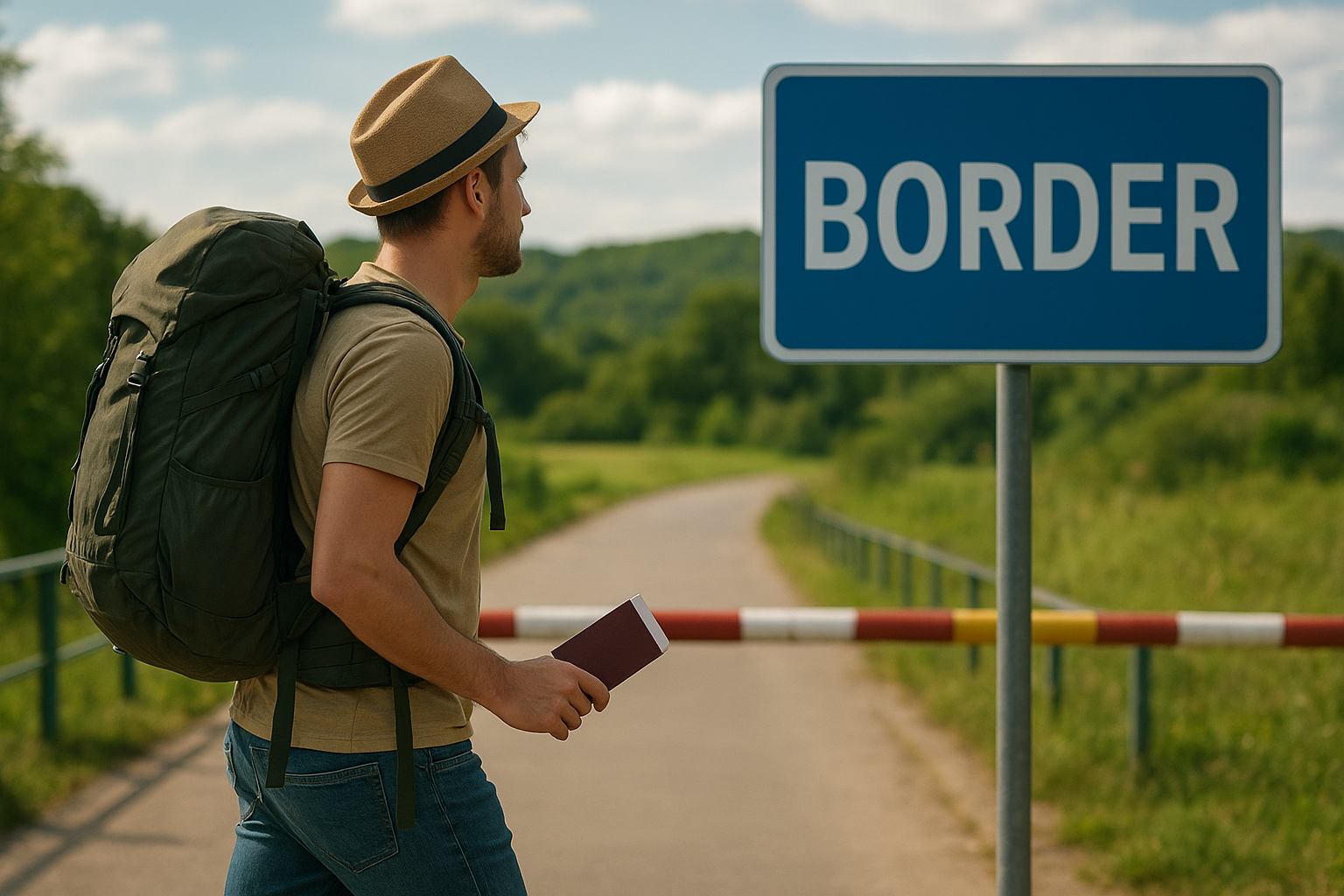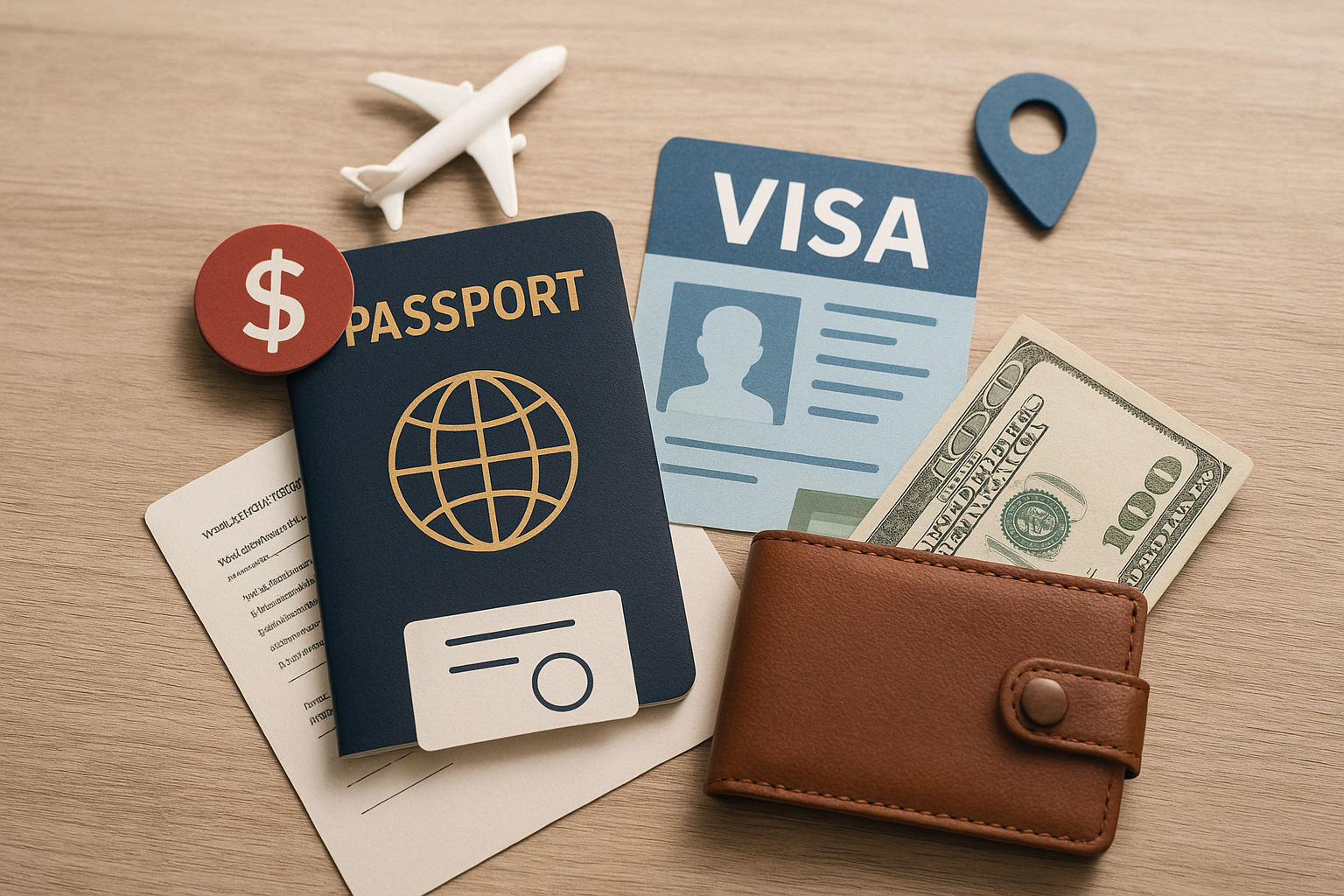The Complete Australian Visa Guide: Everything You Need to Know in 2025
Australia has long captured the imagination of travelers worldwide with its pristine beaches, vibrant cities, unique wildlife, and endless opportunities. Whether you’re dreaming of surfing at Bondi Beach, exploring the Outback, pursuing world-class education, or building a new life Down Under, your journey begins with understanding Australia’s visa system.
Navigating Australian immigration can feel overwhelming, but it doesn’t have to be. This comprehensive guide breaks down every visa type, reveals insider tips to avoid common mistakes, and provides the exact information you need to make your Australian dreams a reality.
Understanding Australia’s Visa Landscape
The Australian visa system operates under the Department of Home Affairs (DHA), which manages everything from short tourist visits to permanent residency applications. Think of it as a carefully structured gateway designed to welcome the right people for the right purposes while maintaining the country’s security and economic interests.
Australian visas fall into two main categories: temporary and permanent. Within these, you’ll find specialized options for tourists, students, skilled workers, families, investors, and those seeking humanitarian protection. Each comes with its own set of rules, costs, and processing times that can significantly impact your plans.
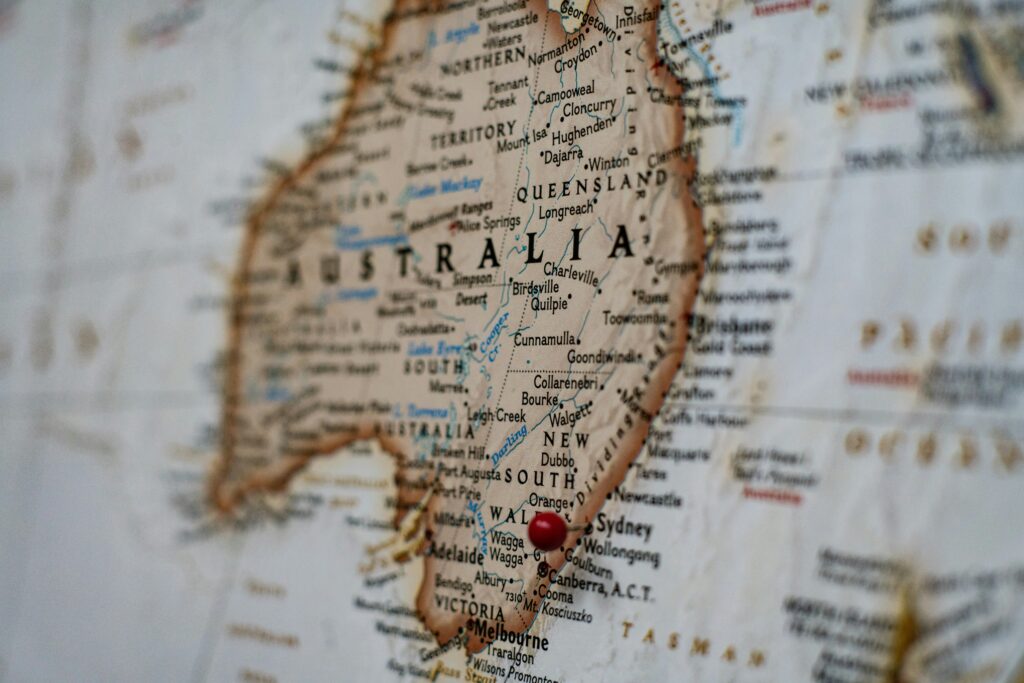
Tourist and Visitor Visas: Your Gateway to Australian Adventures
Tourist Visa (Subclass 600): The Flexible Explorer’s Choice
The Tourist Visa is Australia’s most popular option for leisure travelers and those visiting family or friends. This visa offers remarkable flexibility, allowing stays of up to 12 months depending on your circumstances and nationality.
What you need to know:
- You must apply from outside Australia (with rare exceptions)
- Demonstrate sufficient funds for your stay (typically AUD $5,000+ for longer visits)
- Provide a clean criminal record
- Show genuine intention to return home
Cost: AUD $150–$650, varying significantly based on your nationality and intended length of stay.
Pro tip: Many travelers underestimate processing times. Apply at least 4-6 weeks before your intended travel date, especially during peak seasons (December-February and July-August).
Electronic Travel Authority (ETA – Subclass 601): The Express Lane
If you’re from the United States, United Kingdom, most European countries, or Japan, the ETA offers a streamlined path to Australia. This digital-only visa is perfect for business trips or short holidays up to three months.
Key advantages:
- Quick online application process
- Automatically linked to your passport
- Multiple entries allowed within validity period
Cost: Typically AUD $20, making it one of the most affordable options.
eVisitor (Subclass 651): Europe’s Free Pass
European Union citizens enjoy a special privilege with the free eVisitor visa. This no-cost option allows tourism and business visits for up to three months, making spontaneous Australian adventures entirely possible.
Perfect for: Weekend warriors, business travelers, and anyone wanting to test the waters before committing to longer-term plans.
Student Visas: Your Education Pathway to Australia
Student Visa (Subclass 500): Beyond Just Studying
Australia’s education sector attracts over 700,000 international students annually, and for good reason. The Student Visa offers more than just academic opportunities – it’s often the first step toward permanent residency for many successful migrants.
Essential requirements:
- Confirmation of Enrollment (CoE) from a registered institution
- Genuine Temporary Entrant (GTE) requirement proving legitimate study intentions
- Overseas Student Health Cover (OSHC) for your entire stay
- English proficiency proof (IELTS, TOEFL, or PTE)
- Financial capacity (approximately AUD $21,041 per year for living costs)
Cost: AUD $620 for the main applicant, plus additional fees for family members.
Work opportunities: Students can work up to 40 hours per fortnight during studies and unlimited hours during scheduled breaks. Many students find this helps offset living costs while gaining valuable Australian work experience.
Insider secret: Choose your course wisely. Programs in high-demand fields like healthcare, engineering, or IT significantly improve your chances of obtaining post-study work rights and eventual permanent residency.
Student Guardian Visa (Subclass 590): Supporting Young Learners
Parents or guardians of international students under 18 can accompany their children through this specialized visa. It’s designed to ensure young students have proper care while pursuing Australian education.
Work Visas: Building Your Career Down Under
Working Holiday Visas (Subclasses 417 & 462): The Young Adventurer’s Dream
These visas represent one of the world’s most generous working holiday programs, allowing young people (18-30, or 35 for some countries) to work and travel for up to 12 months, with potential extensions.
Eligible countries include: UK, Ireland, Canada, Germany, France, Italy, Netherlands, Denmark, Norway, Sweden, Finland, South Korea, Japan, Taiwan, Hong Kong, and many others.
Extension opportunities: Work in regional areas (agriculture, hospitality, construction) for 88 days to unlock a second year. A third year is possible with an additional six months of specified regional work.
Reality check: While popular, these visas come with restrictions. You can’t work for the same employer for more than six months, and regional work can be physically demanding and poorly paid.
Temporary Skill Shortage Visa (Subclass 482): The Employer-Sponsored Route
This visa addresses Australia’s skill shortages by allowing employers to sponsor overseas workers. It’s particularly valuable in healthcare, IT, engineering, and trades.
Three streams available:
- Short-term: 2-year duration for medium-term strategic skills list occupations
- Medium-term: 4-year duration leading to permanent residency pathways
- Labour Agreement: For employers with specific agreements with the government
Cost: AUD $1,330–$2,645 depending on the stream and circumstances.
Critical consideration: Your employer holds significant power over your visa status. Choose carefully, as changing employers requires a new application.
Skilled Independent Visa (Subclass 189): The Points Game
This permanent residency visa operates on a competitive points system, rewarding factors like age, English ability, work experience, and education qualifications.
Points breakdown:
- Age (25-32 years gets maximum 30 points)
- English proficiency (up to 20 points for superior English)
- Skilled employment (up to 20 points for 8+ years experience)
- Education qualifications (up to 20 points for doctorate)
- Australian study (5-10 points)
- Professional year (5 points)
- Community language (5 points)
- Partner skills (10 points)
- Regional study (5 points)
Current reality: With invitation rounds becoming increasingly competitive, most successful applicants score 90+ points. Professional year programs, superior English scores, and partner contributions often make the difference.
Cost: AUD $4,240 for the primary applicant (2024-25 rates).

Family and Relationship Visas: Love Knows No Borders
Partner Visas (Subclasses 820/801 & 309/100): The Relationship Journey
Australia recognizes both married couples and genuine de facto relationships, including same-sex partnerships. The application process involves two stages: temporary visa leading to permanent residency.
Evidence requirements include:
- Joint bank accounts and shared financial commitments
- Shared accommodation and household responsibilities
- Social recognition of your relationship
- Genuine commitment to a long-term relationship
Cost: AUD $8,085 (one of Australia’s most expensive visa applications).
Timeline reality: Current processing times range from 29-57 months, requiring patience and ongoing evidence gathering.
Common mistake: Rushing the application without sufficient evidence often leads to requests for additional information, extending processing times further.
Parent Visas: Bringing Family Together
Australian citizens and permanent residents can sponsor their parents through various visa categories. However, these are among the most complex and expensive visas available.
Main options:
- Parent Visa (Subclass 103): Lower cost (AUD $4,630) but extremely long processing times (30+ years)
- Contributory Parent Visa (Subclass 143): Higher cost (AUD $47,755 for main applicant) but faster processing (4-6 years)
Balance of family test: More than half your children must be Australian residents, making this visa challenging for many families.
Business and Investment Visas: Entrepreneurial Pathways
Business Innovation and Investment Visas (Subclass 188): For Serious Investors
Australia actively courts business talent and investment capital through several specialized visas. These require substantial financial commitments and proven business success.
Main streams:
- Business Innovation: AUD $800,000+ turnover businesses
- Investor: AUD $1.5 million investment in government bonds
- Significant Investor: AUD $5 million investment in approved assets
- Premium Investor: AUD $15 million investment (fast-track permanent residency)
State nomination: Most business visas require state government nomination, adding complexity and varying requirements between states.
Cost: From AUD $5,375 for the main applicant, plus substantial investment amounts.
The Application Process: Step-by-Step Success
1. Choosing the Right Visa
This crucial first step determines everything that follows. Consider:
- Your primary purpose (tourism, study, work, family, investment)
- Eligibility requirements you can realistically meet
- Processing times and how they align with your plans
- Long-term goals and pathway opportunities
2. Document Preparation
Australian visa applications are document-heavy. Start collecting these well in advance:
Universal documents:
- Current passport (valid for at least 6 months)
- Recent passport photographs
- Birth certificate
- Character documents (police checks from every country you’ve lived in for 12+ months since turning 16)
- Health examinations (required for most temporary and all permanent visas)
Financial evidence:
- Bank statements (typically 3-6 months)
- Employment letters
- Tax returns
- Investment portfolios
- Sponsorship letters if applicable
Visa-specific documents:
- Skills assessments for work visas
- English test results (IELTS, PTE, TOEFL)
- Educational qualifications and transcripts
- Health insurance policies
- Relationship evidence for partner visas
3. The Online Application
Most Australian visas are now applied for online through ImmiAccount, the government’s digital platform. This system allows you to:
- Save applications and return later
- Upload documents directly
- Track application progress
- Receive updates and requests for additional information
Paper applications are now rare and typically take longer to process.
4. After Submission
Once submitted, you’ll receive an acknowledgment and transaction reference number. Processing times vary dramatically by visa type and individual circumstances.
What happens next:
- Health examinations (if required)
- Biometrics collection (some visa types)
- Additional document requests
- Possible visa interview
- Decision notification
Avoiding Common Mistakes That Derail Applications
The Honesty Imperative
Australian immigration has a zero-tolerance approach to false or misleading information. Even minor omissions can result in:
- Immediate application refusal
- Three-year bans from reapplying
- Permanent exclusion for serious cases
Red flags include:
- Failing to declare previous visa refusals (from any country)
- Omitting periods of unemployment or study gaps
- Understating criminal history (even minor offenses)
- Exaggerating English proficiency
- Providing fake documents
Financial Evidence Failures
Insufficient or inappropriate financial evidence causes many visa refusals. Common issues:
- Bank statements showing sudden large deposits (suggests borrowed money)
- Insufficient funds relative to stated travel plans
- No clear source of income
- Failing to account for dependents’ costs
Health and Character Oversights
Australia maintains strict health and character standards. Plan ahead for:
- Health examinations (can take weeks to arrange and complete)
- Police certificates (some countries have lengthy processing times)
- Vaccination requirements
- Pre-existing medical conditions that may require additional assessments
Timing Catastrophes
Poor timing ruins many applications:
- Applying too close to intended travel dates
- Letting current visas expire before new applications are decided
- Missing document expiry dates
- Failing to maintain enrollment or employment during processing
Cost Breakdown by Region and Visa Type
Understanding visa costs helps budget your Australian journey effectively. Prices vary significantly by nationality due to reciprocal arrangements between countries.
Tourist Visa Costs (Subclass 600)
- Most countries: AUD $150 (3-month validity)
- Extended validity: AUD $365 (12-month validity)
- Multiple entries: AUD $650 (12-month validity, multiple entries)
Student Visa Costs (Subclass 500)
- Base application: AUD $650
- Additional family members: AUD $485 (spouse), AUD $160 (child)
- Health insurance: AUD $500-800 per year (mandatory OSHC)
Work Visa Cost Ranges
- Working Holiday: AUD $510
- Temporary Skill Shortage: AUD $1,455-$2,960
- Skilled Independent (189): AUD $4,240
- Employer Nomination (186): AUD $4,640
Family Visa Investments
- Partner visas: AUD $8,085 (most expensive category)
- Parent visas: AUD $4,630-$47,755 (depending on stream)
- Child visas: AUD $2,665
Additional costs to consider:
- Health examinations: AUD $300-600
- Police certificates: AUD $50-200 per country
- English tests: AUD $375-395
- Skills assessments: AUD $500-1,500
- Migration agent fees: AUD $3,000-15,000
Costs by Continent (Approximate)
| Continent | Tourist Visa | Student Visa | Work Visa | Notes |
|---|---|---|---|---|
| North America | AUD 150–650 | AUD 620 | AUD 1,330–4,045 | Prices vary by visa subclass |
| Europe | AUD 150–650 | AUD 620 | AUD 1,330–4,045 | eVisitor may be free |
| Asia | AUD 150–650 | AUD 620 | AUD 1,330–4,045 | Some working holiday visas available |
| Africa | AUD 150–650 | AUD 620 | AUD 1,330–4,045 | May require more documentation |
| South America | AUD 150–650 | AUD 620 | AUD 1,330–4,045 | Working holiday visa eligible countries limited |
Note: Visa fees are subject to change and additional service charges may apply for agents.
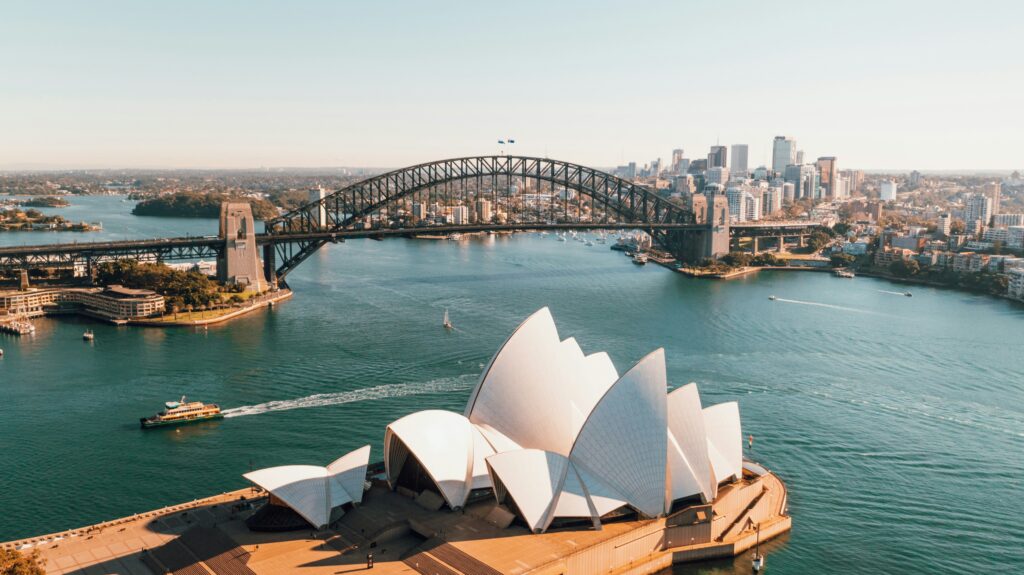
Getting Professional Help: When and Where
When to Consider Migration Agents
While many visas can be self-applied, consider professional help for:
- Complex cases with previous refusals or character issues
- Business and investment visas
- Partner visas with complicated relationship histories
- Skilled migration with borderline points scores
- Any permanent residency application
Choosing the Right Agent
Essential checks:
- Migration Agents Registration Authority (MARA) registration
- Positive reviews and testimonials
- Transparent fee structure
- Experience with your specific visa type
- Clear communication and responsiveness
Red flags:
- Guaranteed success promises
- Requests for cash payments
- Pressure to apply immediately
- Vague or evasive answers about experience
- No MARA registration number displayed
Official Resources
Primary government sources:
- Department of Home Affairs: Official visa information and applications
- Visa Finder Tool: Interactive visa selection guide
- MARA Agent Search: Find registered migration agents
- Skills Assessment Bodies: Professional assessment requirements
Community Resources:
- Expatriate forums and social media groups
- University international student services
- Ethnic community organizations
- Professional association guidance

State-by-State Opportunities
Australia’s federal system means states and territories offer additional pathways and incentives:
New South Wales (Sydney)
- Strong job market in finance, technology, and healthcare
- Higher living costs but more opportunities
- Additional state nomination places for skilled workers
Victoria (Melbourne)
- Cultural capital with excellent universities
- Growing startup ecosystem
- Graduate visa opportunities in regional areas
Queensland (Brisbane, Gold Coast)
- Tourism and agriculture opportunities
- Lower cost of living than Sydney/Melbourne
- Growing technology and renewable energy sectors
Western Australia (Perth)
- Mining and resources boom
- Higher wages but isolated location
- Excellent opportunities for trades and engineering
South Australia (Adelaide)
- Generous state nomination program
- Lower cost of living
- Focus on defense, space, and wine industries
Tasmania (Hobart)
- Easiest state for permanent residency
- Small but growing job market
- Beautiful natural environment
Northern Territory (Darwin)
- Challenging climate but excellent opportunities
- Strong demand for healthcare and education workers
- Pathway to permanent residency with just one year of work
Australian Capital Territory (Canberra)
- Government job opportunities
- High education levels and quality of life
- Matrix-based state nomination system
Future-Proofing Your Australian Journey
Understanding Policy Trends
Australian immigration policy continues evolving. Recent trends include:
- Increased focus on regional migration
- Higher English language requirements
- Priority for healthcare and essential workers
- Stricter genuine temporary entrant requirements for students
- Enhanced integrity measures and background checking
Building Your Points Score
For skilled migration visas, maximizing points requires strategic planning:
- Age management: Apply before turning 33 for maximum points
- English excellence: Invest in achieving superior English scores
- Australian experience: Consider study or work experience in Australia
- Partner contribution: Include skilled partners in applications
- Professional development: Complete professional year programs where available
The Regional Advantage
Australia actively promotes regional settlement through various incentives:
- Additional points for regional study
- Longer post-study work rights
- State nomination priority
- Pathway to permanent residency with lower requirements
Defined regional areas include anywhere outside Sydney, Melbourne, and Brisbane, offering genuine opportunities in cities like Perth, Adelaide, Hobart, Darwin, Newcastle, Wollongong, and Geelong.
Health and Lifestyle Considerations
Healthcare System
Australia’s healthcare system combines public (Medicare) and private insurance:
- Temporary visa holders need private health insurance
- Students require Overseas Student Health Cover (OSHC)
- Some countries have reciprocal healthcare agreements
- Emergency treatment available regardless of visa status
Cost of Living Reality Check
Australian living costs vary dramatically by location and lifestyle:
Sydney/Melbourne (monthly estimates):
- Rent (1-bedroom apartment): AUD $2,000-3,500
- Groceries: AUD $400-600
- Transport: AUD $150-200
- Dining out: AUD $15-35 per meal
- Utilities: AUD $150-250
Regional cities (monthly estimates):
- Rent (1-bedroom apartment): AUD $1,200-2,000
- Groceries: AUD $350-500
- Transport: AUD $100-150
- Dining out: AUD $12-25 per meal
- Utilities: AUD $120-200
Cultural Integration
Australia’s multicultural society welcomes diversity, but successful integration requires effort:
- Learning local workplace culture and communication styles
- Understanding Australian humor and social customs
- Participating in community activities and sports
- Respecting Indigenous Australian culture and history
- Adapting to regional differences between states
Your Next Steps to Australian Success
Immediate Actions
- Assess your eligibility using official government tools
- Calculate realistic timelines including document preparation
- Budget comprehensively for all associated costs
- Start document collection immediately
- Improve weak areas (English scores, skills assessments, experience)
Six-Month Timeline
For most visa applications, allow 6-12 months from decision to application submission:
- Months 1-2: Research and document collection
- Months 3-4: Skills assessments and English tests
- Months 5-6: Complete applications and submit
Long-term Strategic Planning
Successful Australian migration often requires multi-year planning:
- Students: Choose courses that lead to skilled migration opportunities
- Workers: Gain experience in high-demand occupations
- Families: Plan for changing circumstances and growing costs
- Investors: Understand ongoing obligations and compliance requirements

Your Australian Adventure Awaits
Australia offers extraordinary opportunities for those willing to navigate its complex but fair immigration system. Whether you’re seeking adventure, education, career advancement, or a new home, understanding the visa landscape is your first step toward success.
Remember that each visa application is unique, and individual circumstances significantly impact outcomes. While this guide provides comprehensive information, consider professional advice for complex situations or when significant investments are involved.
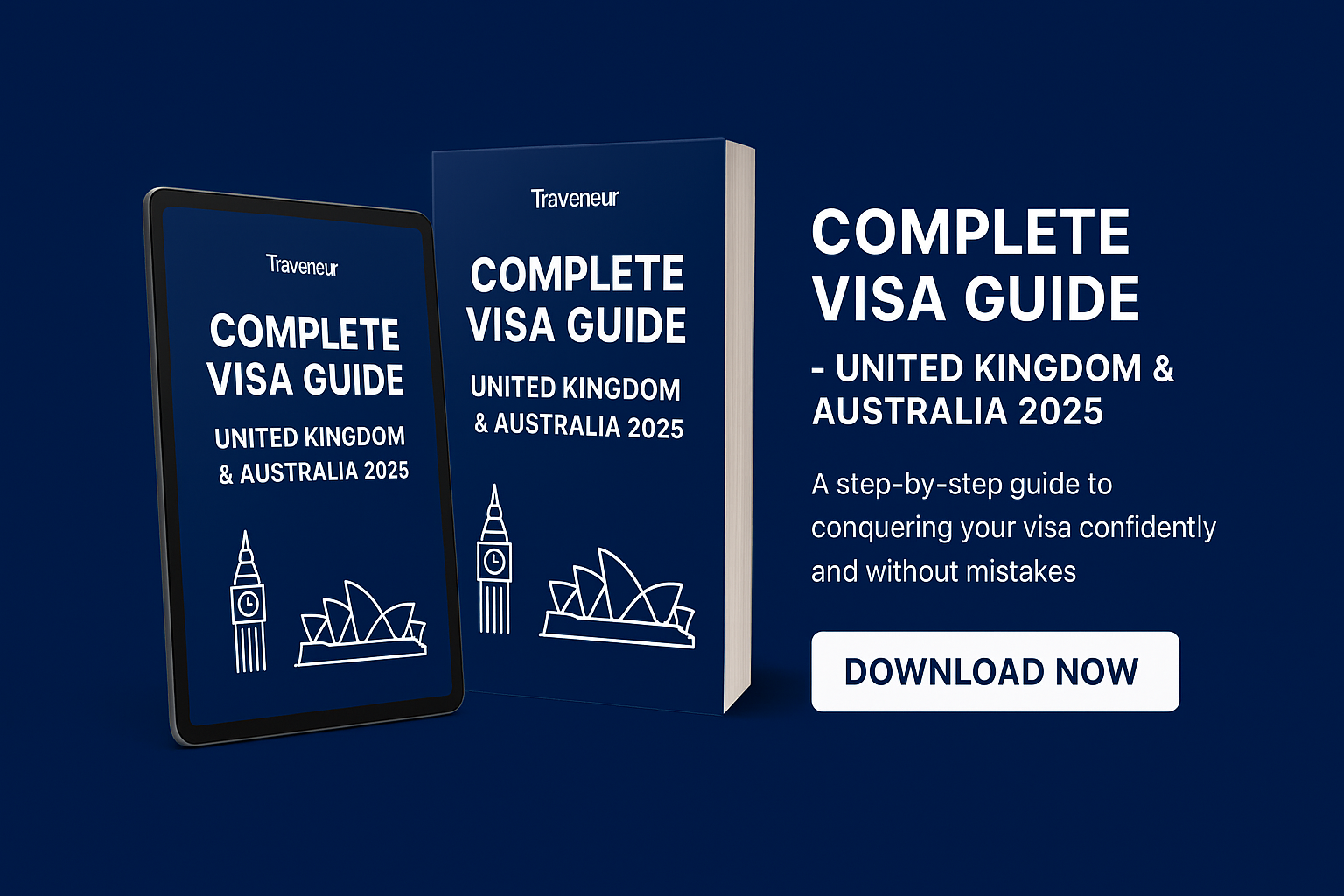
The journey to Australia may seem daunting, but millions before you have successfully made the transition. With proper planning, honest applications, and realistic expectations, your Australian adventure can become reality.
Start your journey today by visiting the Department of Home Affairs website and using their Visa Finder Tool to identify your pathway to Australia.
Australia awaits – are you ready to answer the call?
Related Post: Digital Nomad Visa in Australia – Everything You Need to Know

